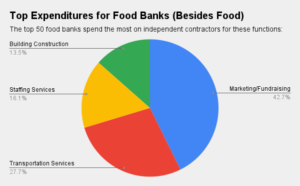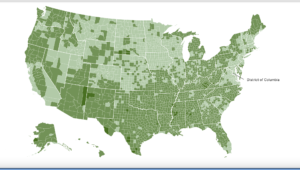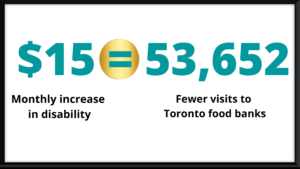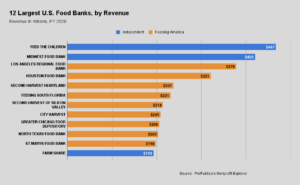The School Breakfast Program, which at $4.2 billion receives less than one-third the funding of National School Lunch, celebrated its 50th anniversary in 2016, propelled by steady growth from its start in 1966 when it served 80,000 students, to 2017 when it served nearly 15 million. Efforts to broaden student eligibility and experiment with different types of breakfast models in recent years have helped fuel the program’s expansion. The nation’s schools, however, are still falling short of their potential in broadening the reach of school breakfast.
Even though nearly as many schools offer federally-funded breakfast (90,000) as lunch (100,000), only about half as many students participate in breakfast as lunch. A big reason for that is the simple matter of timing: Students are present and hungry by the time lunch rolls around, but often arrive at school too late to participate in breakfast. School districts have gotten creative in addressing this issue, from serving breakfast in the classroom after the bell rings, to providing “grab and go” items from hallway meal carts, to making breakfast available even after first period.
These efforts to mix up traditional school breakfast have paid off. A 2015 survey from the Food Research and Action Center said that 82% of principals found participation in school breakfast increased when it was served after the bell. Two-thirds said fewer students were hungry, and nearly half said attentiveness was up. The benefits even seeped into academics, with nearly 10% of school principals saying test scores in reading and math had improved.
Having more kids participate in school breakfast not only kindles these health and education benefits, but also draws in substantial federal aid. FRAC has set a goal of having 70 low-income children receive school breakfast for every 100 who receive lunch, a ratio achieved by only two states so far. The rest of the states that fell short of that number left more than $800 million from the federal government on the table in the 2016-2017 school year, according to FRAC.
Participation in school breakfast may be poised to expand as the various “breakfast after the bell” models combine with expanded usage of a provision that makes it easier for schools to offer free meals to all students. Only about half of schools that are able to have so far adopted the Community Eligibility Provision, which would let all students regardless of need get free meals, as long as 40% of the student body qualifies. As community eligibility expands, so will participation in school breakfast, FRAC predits. It points out that the six states with the most kids participating in school breakfast in 2016-2017 were also among the top 15 states taking advantage of the CEP.
Looking forward, school districts and hunger relief agencies are expected to continue their mission of expanding the number of kids participating in school breakfast, an effort that Food Bank News will follow.




